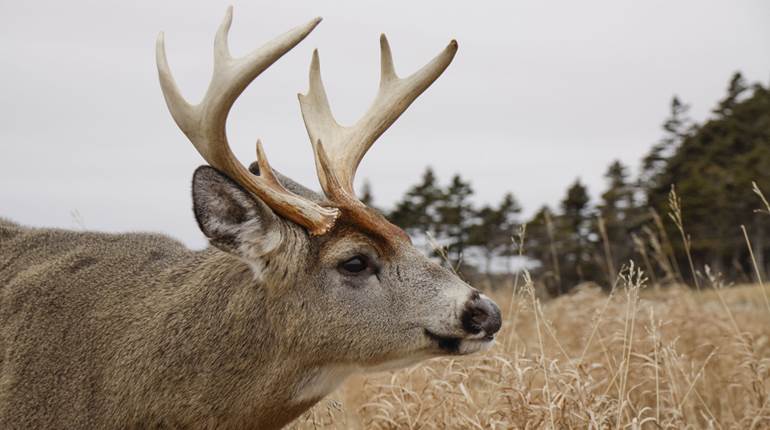By the 1860s, many military powers were experimenting with and adopting breechloading rifles as standard military arms. France, in the mid-1860s, took a revolutionary leap forward with the development of the Chassepot, which incorporated a bolt-action mechanism similar to the designs seen on bolt-action rifles today. Watch our "American Rifleman Television" I Have This Old Gun Segment above to learn about this seminal firearm design.

"So, the mid-19th century is an interesting time for the development of the infantry rifle. Most militaries in the world at that point had figured out that percussion rifle muskets are not the way to win on the battlefield," NRA Publications Editorial Director Mark Keefe said. "So the French developed a rifle, named after, well, its inventor, Antoine Chassepot, and it's an early bolt-action rifle, but it's not a bolt-action rifle like we think of a bolt-action rifle."
In addition to having a single locking lug on the shoulder of the receiver, the Chassepot also used an innovative paper cartridge containing the powder, primer and projectile, all of which was consumed or blown out the muzzle upon firing, leaving no cartridge case for a shooter to extract.

"To fire it, you actually had a cocking piece, you had to cock the piece of the back of the bolt," American Rifleman Field Editor Garry James said. "It was just a single lug of the bolt, by the way, for locking. Then you move the bolt up, put the cartridge in, closed it, and the gun was ready to fire. For gas seal, which was always a problem with these self-contained, semi-combustible cartridges, this had a rubber gasket, and it gave complete obturation. There was absolutely no gas leakage with the Chassepot."
While the Chassepot was a step forward in the evolution of firearms, it was not the first military rifle with a bolt-action mechanism to see military service. In the 1840s, Prussia, and other German states, began adopting the Dreyse needle rifle. However, despite testing and trials by other nations, the Dreyse remained in service only in German hands.

"The 1866 model Chassepot rifle really marks the beginning of the shift from muzzleloading, external-hammer, shoulder arms to a real bolt-action rifle," American Rifleman contributor Kenneth L. Smith-Christmas said. "And this really came about with the French realizing that their arch-enemy, the German states, not Germany at that time, but the various German states, most of them had adopted the Prussian Dreyse needle gun as early as 1841, which had a bolt and had a separate cartridge."
Despite sharing many similarities with the Dreyse, the Chassepot improved upon the handling and design of the Dreyse in several ways. Notably, the Chassepot used a much shorter firing pin that didn't penetrate through the entire powder column inside the cartridge, as it did on the Dreyse. This significantly increased the service life of the Chassepot firing pins and made the design much more user-friendly. The simplified design of the Chassepot also allowed it to transition to the metallic-cartridge era.

"The interesting thing about the Chassepot and its successor, the Gras, was that the inventor of the Gras realized that, you know, governments don't like to spend a lot of money, so if he could devise a firearm that fired a self-contained metallic cartridge that could be converted from the earlier Chassepots, that would be ideal, and that's exactly what he did," James said. "Hence the Gras rifle, which was a superb rifle in its own right."
To watch complete segments of past episodes of American Rifleman TV, go to americanrifleman.org/artv. For all-new episodes of ARTV, tune in Wednesday nights to Outdoor Channel 8:30 p.m. and 11:30 p.m. EST.











![Winchester Comm[94]](/media/1mleusmd/winchester-comm-94.jpg?anchor=center&mode=crop&width=770&height=430&rnd=134090756537800000&quality=60)
![Winchester Comm[94]](/media/1mleusmd/winchester-comm-94.jpg?anchor=center&mode=crop&width=150&height=150&rnd=134090756537800000&quality=60)












